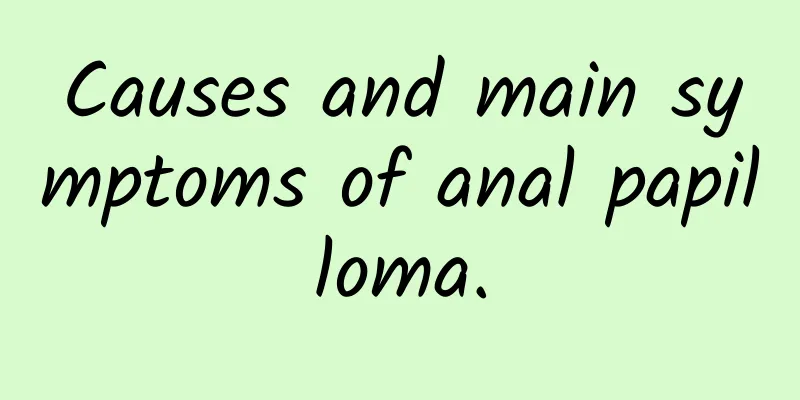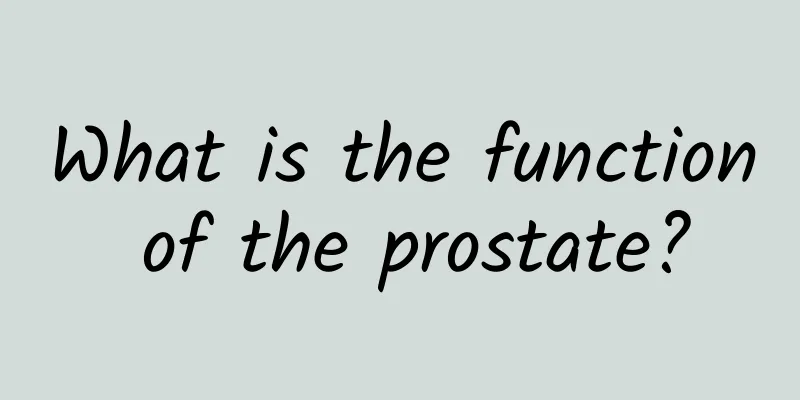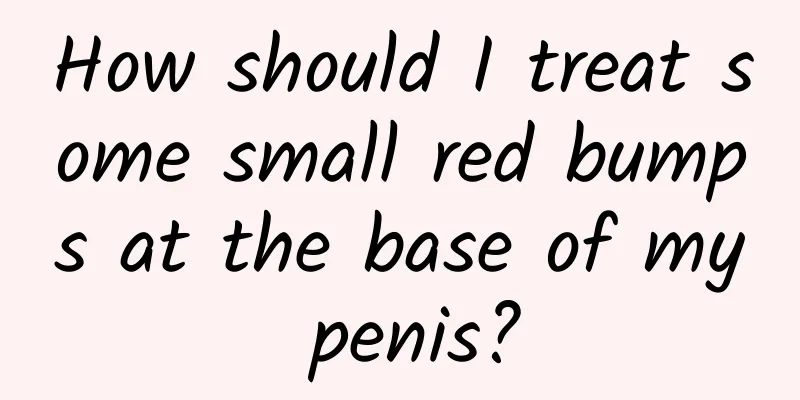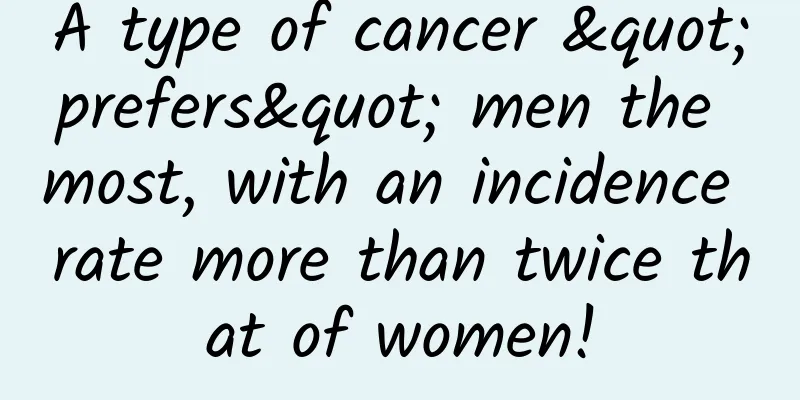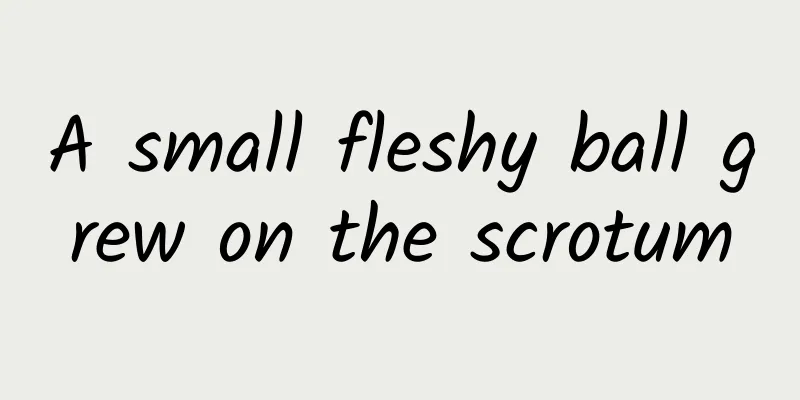Is prostate detoxification necessary?
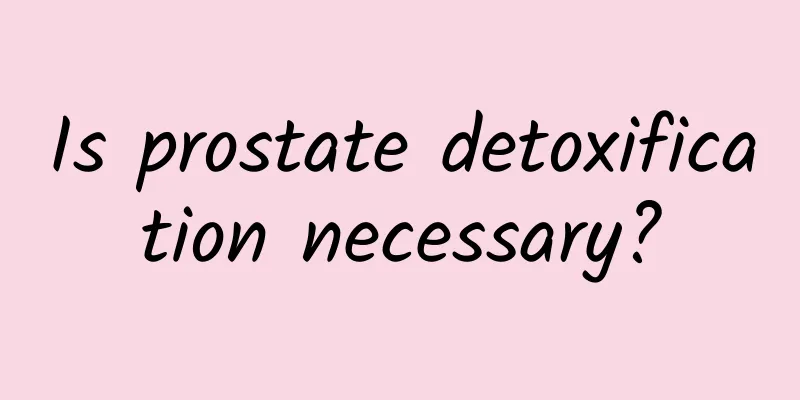
|
The male prostate is a relatively important reproductive organ for men. Once a male prostate has problems, it will not only affect the male's physical health, but may also affect the male's future fertility. As men age, the prostate will also have problems. Regular detoxification of the prostate is beneficial to the male prostate and can prevent prostate diseases. Therefore, prostate detoxification is very necessary. What are the typical symptoms of prostatitis? 1. Changes in sexual function: Patients with prostatitis may experience premature ejaculation, painful ejaculation, decreased libido or impotence. The prostate is the largest accessory gland in men, and prostatitis is the main cause of male infertility. 2. Urinary symptoms: Patients with prostatitis may also experience frequent urination, urgent urination, painful urination, frequent urination at night, dysuria, thin urine stream, bifurcated urine, and white discharge from the urethra. 3. Pain: Due to the stimulation of inflammation and the pressure of hyperplasia, there will be tenderness and swelling in the perineum, anus, scrotum and other parts, and it can often radiate to the lower abdomen and lumbar sacral region, making prostatitis patients extremely painful and restless. 4. Systemic symptoms: Neurasthenia, insomnia, dreaminess, fatigue, memory loss, etc. are also symptoms of prostatitis. Long-term prostatitis can even cause allergic reactions in the body, resulting in conjunctivitis, arthritis and other lesions. Treatment of prostatitis Symptoms of prostatitis can spread from local to systemic, bringing a series of symptoms, such as urinary dysfunction, pelvic pain, and even systemic symptoms such as neurasthenia, dizziness, tinnitus, backache, etc. Therefore, early detection and early treatment are very important. 1. Antimicrobial treatment The treatment goal can be achieved by using a double-balloon catheter to block the prostatic urethra and injecting an antibiotic solution from the urethral cavity and then refluxing it into the prostatic duct. 2. Anti-inflammatory and analgesic drugs Nonsteroidal anti-inflammatory drugs can improve symptoms. Generally, indomethacin is taken orally or in suppositories. Chinese medicine also has certain effects in using anti-inflammatory, heat-clearing, detoxifying, and hardness-softening drugs. Allopurinol can reduce the concentration of uric acid in the whole body and prostatic fluid. Theoretically, as a free radical scavenger, it can also remove active oxygen components, reduce inflammation, and relieve pain. It is an optional auxiliary treatment method. 3. Physical therapy Prostate massage can empty the concentrated secretions in the prostate duct and drain the infection focus in the obstructed area of the gland. Therefore, for stubborn cases, prostate massage can be performed every 3-7 days while using antibiotics. A variety of physical factors are used for prostate physiotherapy, such as microwave, radio frequency, ultrashort wave, medium wave and hot water sitz bath, which are beneficial for relaxing the prostate, posterior urethral smooth muscle and pelvic floor muscle, enhancing antibacterial efficacy and relieving pain symptoms. 4. α-receptor antagonists Patients with prostatitis, bacterial or non-bacterial prostatitis have increased tension in the prostate, bladder neck and urethral smooth muscles. During urination, increased pressure in the posterior urethra causes urine to flow back into the prostatic duct, which is an important cause of prostatitis, prostatic stones and bacterial prostatitis. The use of α-receptor antagonists can effectively improve prostatitis and urination symptoms, which is of great significance for preventing recurrence of infection. 5. Surgical treatment Surgical treatment can be used for recurrent chronic bacterial prostatitis. Prostatectomy can achieve the goal of cure, but it should be used with caution. Since prostatitis usually affects the peripheral zone of the gland, transurethral resection of the prostate (TURP) is difficult to achieve the purpose of treatment. TURP can remove prostate stones and bacterial infection lesions near the prostate ducts, which is beneficial to reduce the reinfection of peripheral zone lesions. Chronic bacterial prostatitis can lead to recurrent urinary tract infections and infertility. |
<<: What's wrong with men sweating all the time?
>>: Can prostate problems in young people heal themselves?
Recommend
Do a prostate exam
Nowadays, there are many examination items, and d...
The Secret Disease of Men's Lip Color
Men nowadays are really tired. In addition to wor...
Men's health products
Nowadays, people's health care concept is get...
Is a sitz bath good for sexual function?
With the increase of stress and life pressure, ma...
An old Chinese doctor tells you the best way to remove forehead wrinkles
Have you noticed that people with forehead wrinkl...
What kind of women do men like? What kind of women are most attractive to men?
As a boy, many people have fantasized about their...
How to completely remove body odor in boys
Boys are prone to body odor, especially adolescen...
How to treat male prostate hyperplasia
Men have symptoms of prostate hyperplasia, which ...
Treatment for hematospermia: Diet therapy is effective
Hematospermia refers to the presence of blood in ...
Why do I want to pee after ejaculation?
Sexual harmony is very important for men, and the...
What is the reason for the growth on the penis?
The penis is a very important reproductive organ ...
What to eat to increase cavernous body? Diet is the key
The role of the corpus cavernosum of the penis is...
How to save your marriage, 7 steps to save your marriage
Marriage is not just about the sweet words and vo...
Men's hands and feet are cold
The main reason boys have cold hands and feet is ...
What is the reason for frequent and urgent urination in men?
In life, many men are troubled by the problem of ...




